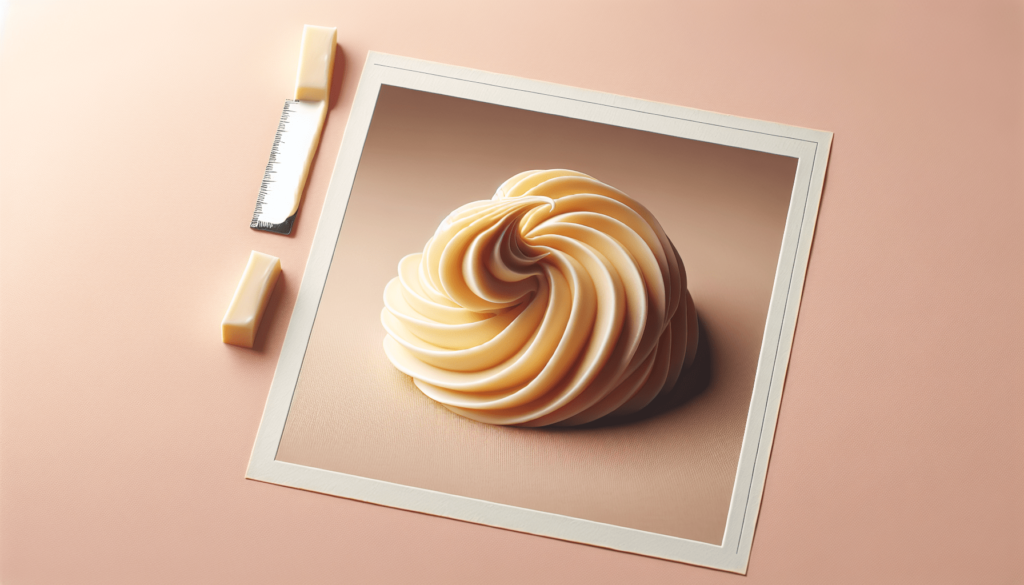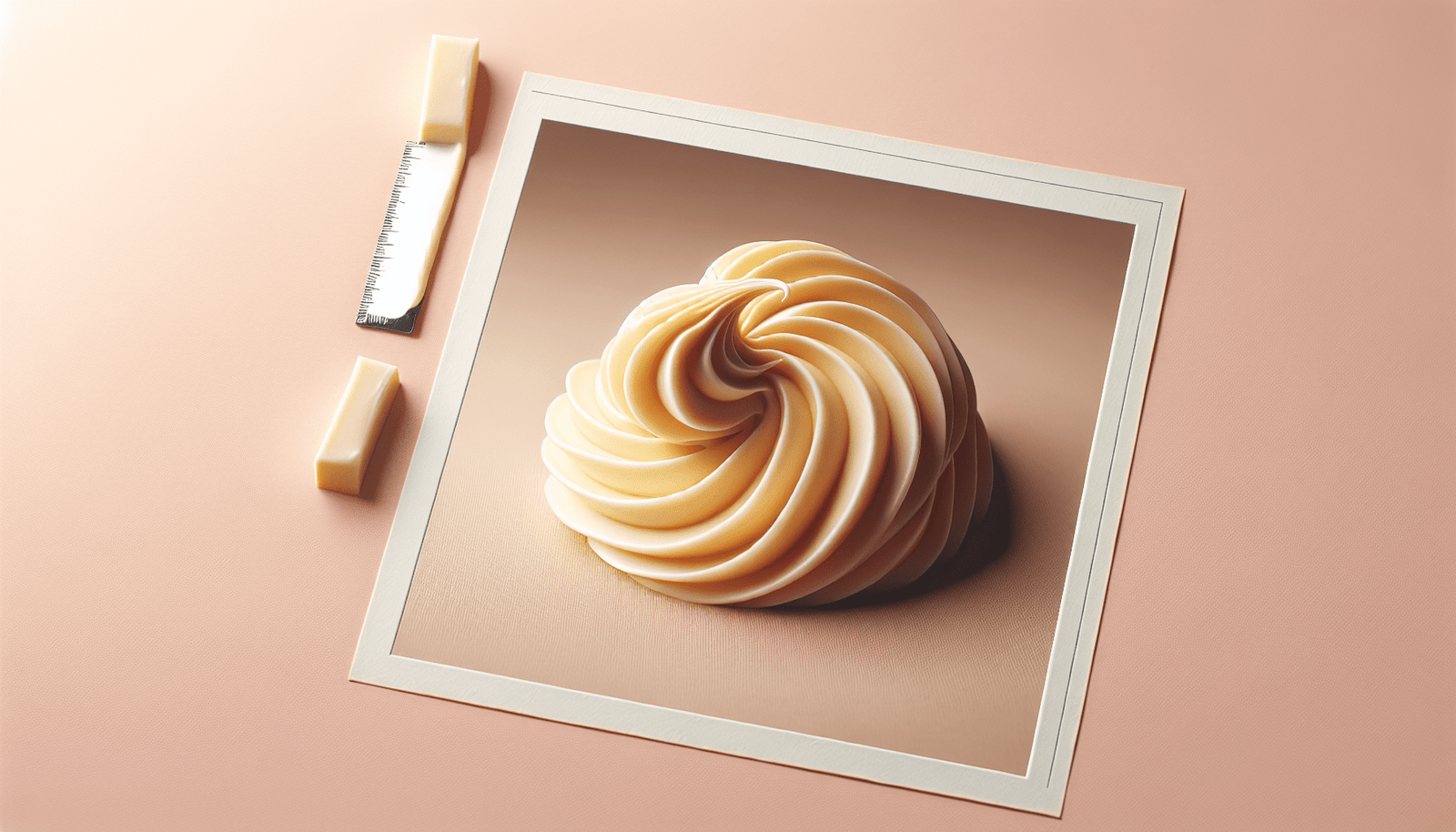Have you ever wondered what makes those delicious cakes and cupcakes taste even better? If you guessed cream cheese icing, you’re on the right track! This delightful topping has a way of elevating baked goods to the next level with its creamy texture and tangy flavor. The beauty of cream cheese icing lies in its versatility and simplicity. Whether you’re new to baking or a seasoned pro looking for some new tricks, understanding the art of making perfect cream cheese icing is a must.

What is Cream Cheese Icing?
Cream cheese icing is a luscious and tangy sweet topping made by combining cream cheese with other ingredients like butter, powdered sugar, and vanilla extract. The result is a smooth, creamy spread used to frost a variety of baked goods, such as cakes, cupcakes, cookies, and more. It’s loved for its rich texture and balanced sweetness, which can complement a wide range of flavors.
Main Ingredients
To create the ideal cream cheese icing, you’ll need a few key ingredients that work together harmoniously:
-
Cream Cheese: The star ingredient, providing a tangy flavor and creamy texture. It’s best to use full-fat cream cheese for the richest taste.
-
Butter: Adds smoothness and helps the icing to set properly. Unsalted butter is typically recommended to control the saltiness.
-
Powdered Sugar: Also known as confectioners’ sugar, it dissolves easily to add sweetness without graininess.
-
Vanilla Extract: Enhances the flavor with a subtle aroma.
These ingredients form the basic foundation of cream cheese icing. Further customization can include additions like lemon zest or cinnamon, depending on your flavor preferences.
Step-by-Step Guide to Making Cream Cheese Icing
Creating a delicious cream cheese icing is simpler than you might think. Here is a step-by-step guide to help you achieve perfect results every time.
Step 1: Gather Your Ingredients
Before you begin, ensure you have all your ingredients at room temperature. This makes it easier to achieve the desired creamy consistency.
- 1 cup (225g) of full-fat cream cheese: Softened
- 1/2 cup (113g) of unsalted butter: Softened
- 4 cups (500g) of powdered sugar
- 1 teaspoon of vanilla extract
Step 2: Mix Cream Cheese and Butter
In a large mixing bowl, blend the softened cream cheese and butter together using an electric mixer. Start on a low speed, gradually increasing to medium until the mixture is smooth and well-combined. This should take about 2 minutes.
Step 3: Add Powdered Sugar
With the mixer on low speed, gradually add the powdered sugar to the cream cheese and butter mixture. Mixing on low helps prevent the sugar from puffing out of the bowl. Once almost all the sugar is incorporated, increase the mixer speed to medium and beat until smooth.
Step 4: Incorporate Vanilla
Finally, pour in the vanilla extract and beat for an additional minute until everything is thoroughly combined and the icing is smooth.
Tips for the Perfect Cream Cheese Icing
To master the art of cream cheese icing, it helps to know a few tricks of the trade. Use these tips to ensure your icing is always a hit:
Use Full-Fat Cream Cheese
Opting for full-fat cream cheese rather than low-fat or whipped versions is key to achieving a rich, stable icing. Low-fat options can result in a runny consistency.
Soften Your Ingredients
Ensuring that cream cheese and butter are softened to room temperature allows for easier mixing and a smoother final product.
Sift the Powdered Sugar
Sifting the powdered sugar before adding it to the mixture can help prevent lumps and create a smoother icing.
Adjust Sweetness to Taste
While the recipe provides a general guideline, you can adjust the quantity of powdered sugar to suit your desired sweetness. For a less sweet version, reduce the sugar slightly.
Add Flavors
Feel free to experiment with different flavoring agents to customize your icing. For example, adding a teaspoon of lemon zest or a pinch of cinnamon can add a new twist to your icing.
Troubleshooting Common Issues
Occasionally, you might encounter challenges when making cream cheese icing. Here’s how to tackle some of the most common issues:
Icing is Too Runny
If your icing turns out too runny, it might be because the cream cheese or butter was too warm. Try refrigerating the icing for 30 minutes to an hour to help it firm up. Alternatively, you can add more powdered sugar in small increments until the desired consistency is achieved.
Icing is Too Thick
Should your icing be too thick, add a tablespoon of milk or cream and beat again to loosen it up. Continue until you reach the desired consistency.
Lumpy Icing
Lumps usually occur if the cream cheese or butter wasn’t softened properly. Beating the mixture longer may help smooth out the lumps. In the future, ensure ingredients are at room temperature before starting.
Creative Uses for Cream Cheese Icing
You can do so much more with cream cheese icing beyond the classic cake frosting. Here are a few ideas to inspire your culinary creativity:
Cupcakes
Perfect for piping onto cupcakes, cream cheese icing makes a delightful topping for flavors like red velvet, carrot, or chocolate.
Cookies
Whether used as a filling for sandwich cookies or a dip for sugar cookies, cream cheese icing adds a delicious creamy touch.
Cinnamon Rolls
Spread cream cheese icing generously over freshly baked cinnamon rolls to create an irresistible finish.
Fruit Dip
Transform cream cheese icing into a fruit dip by thinning it out with a bit of milk. It pairs wonderfully with strawberries, apples, or grapes.
Storing and Making Ahead
Knowing how to store cream cheese icing properly ensures it stays fresh and ready to use.
Storage
Cream cheese icing should be stored in an airtight container in the refrigerator. It will keep well for up to one week.
Freezing
If you want to make it ahead of time, cream cheese icing can be frozen. Transfer the icing to a freezer-safe container or bag, removing as much air as possible. It will last for up to three months. Before use, thaw overnight in the refrigerator and re-whip to restore its creamy texture.
Allergy Considerations and Variations
It’s important to accommodate dietary restrictions when serving cream cheese icing, especially when dealing with allergies.
Dairy-Free Option
While cream cheese icing is naturally dairy-heavy, you can create a dairy-free version using vegan cream cheese and butter alternatives. Look for brands known for their quality and similar texture to traditional dairy products.
Nut-Free
Ensure all your ingredients are nut-free to prevent allergic reactions. Be mindful of cross-contamination from equipment and shared preparation areas.
Nutritional Overview
Understanding the nutritional content of cream cheese icing can help you make informed dietary decisions.
| Nutritional Component | Amount per Serving (2 tbsp) |
|---|---|
| Calories | 160 |
| Total Fat | 8g |
| Saturated Fat | 5g |
| Cholesterol | 25mg |
| Sodium | 50mg |
| Total Carbohydrates | 22g |
| Sugars | 21g |
| Protein | 0g |
These values can vary based on specific brands and quantities used. Always check labels if you have specific dietary goals.
Elevate Your Baking Skills with Cream Cheese Icing
Mastering cream cheese icing is an excellent way to enhance your baking repertoire. Its versatility allows you to experiment with flavors and pairings, whether you prefer classic combinations or inventive twists. By using quality ingredients and following simple techniques, you ensure that your creations are both beautiful and delicious. Whether you’re frosting birthday cakes, holiday cookies, or just enjoying a sweet afternoon treat, cream cheese icing is sure to add that perfect finishing touch.
Enjoy the process of making—and tasting—your culinary masterpiece!
Some of the links on this site are affiliate links, which means I may earn a small commission if you click on them and make a purchase, at no additional cost to you. As an Amazon Associate, I earn from qualifying purchases.



